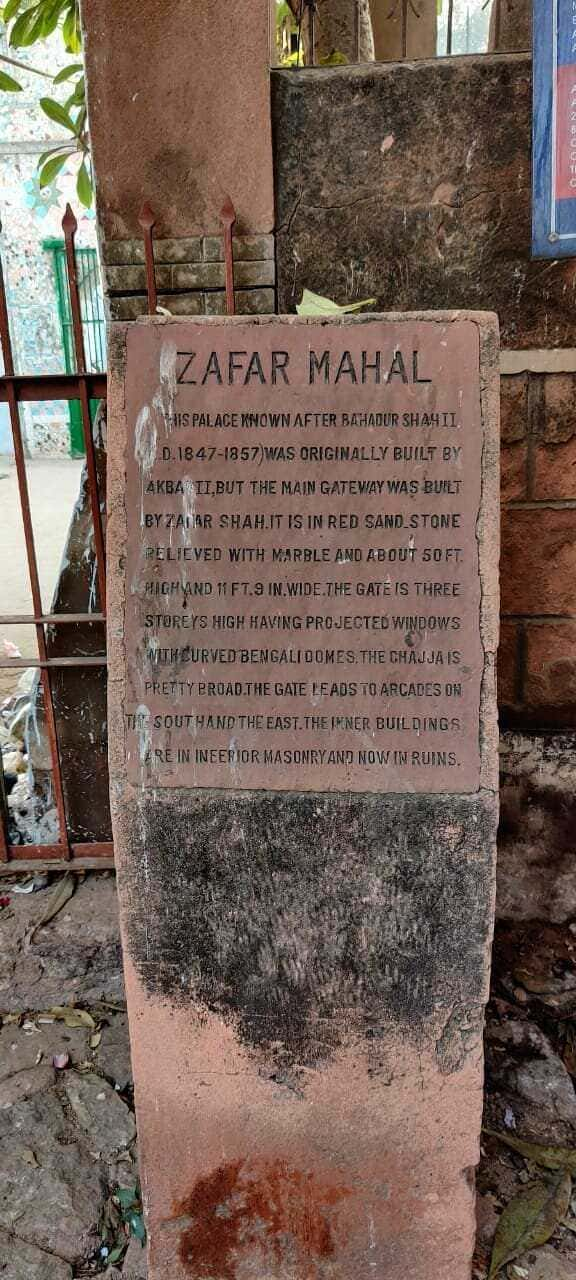
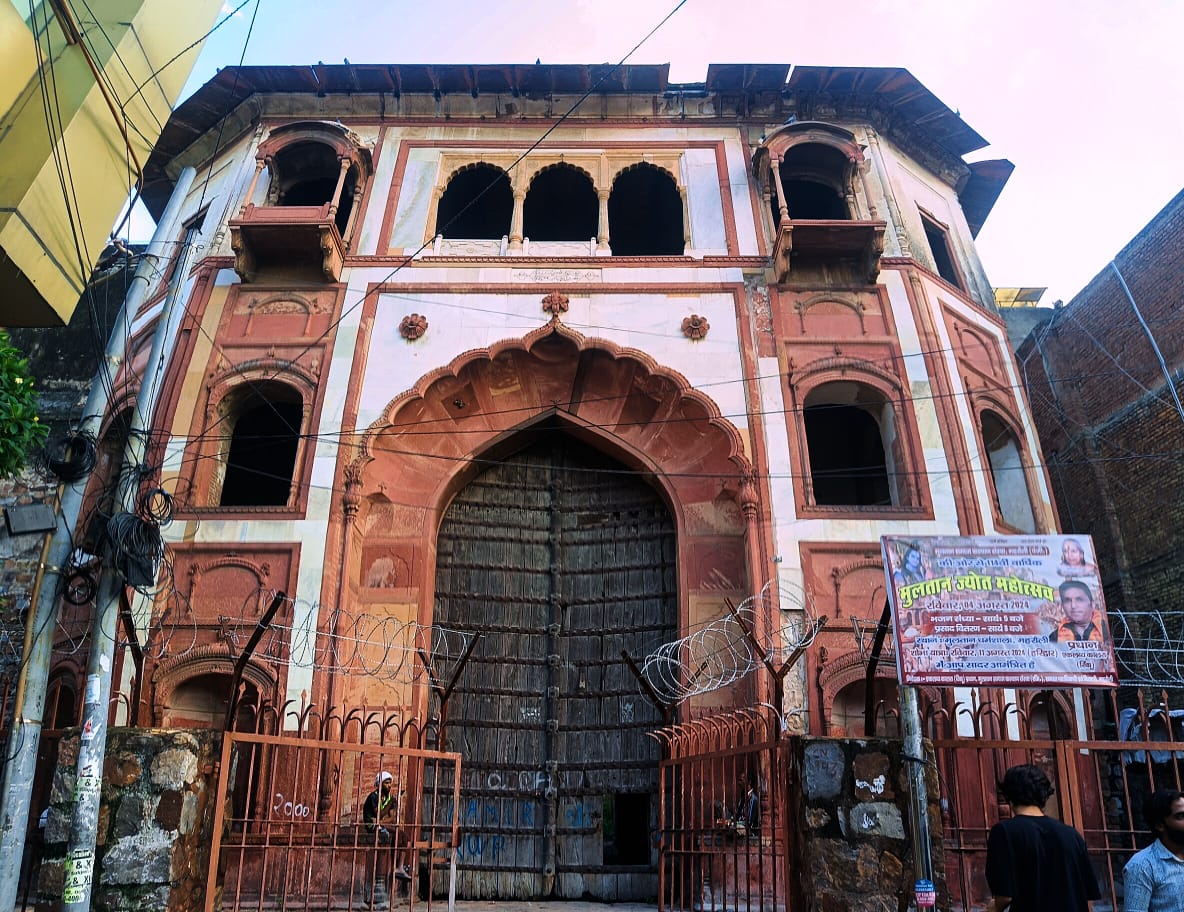
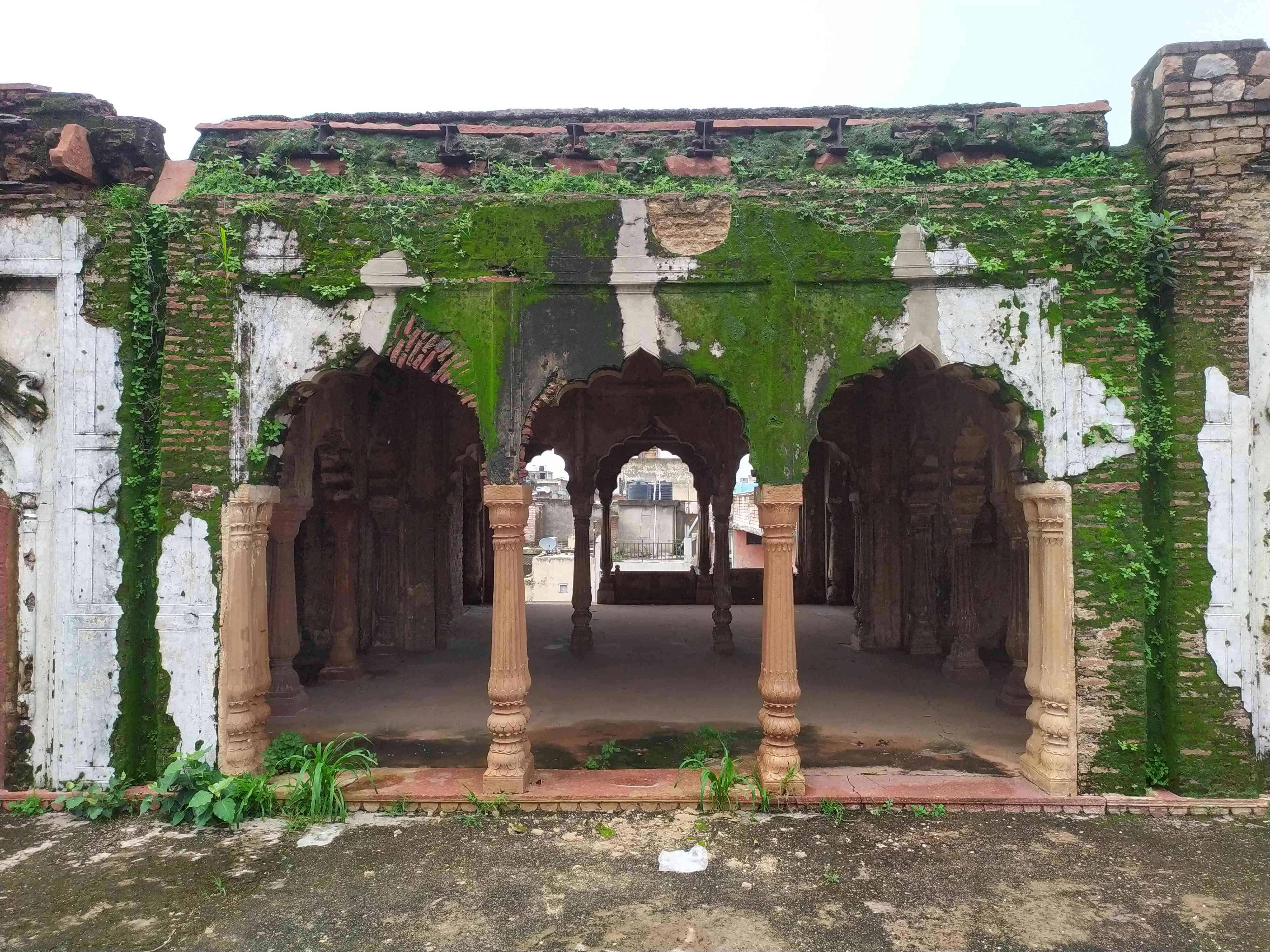
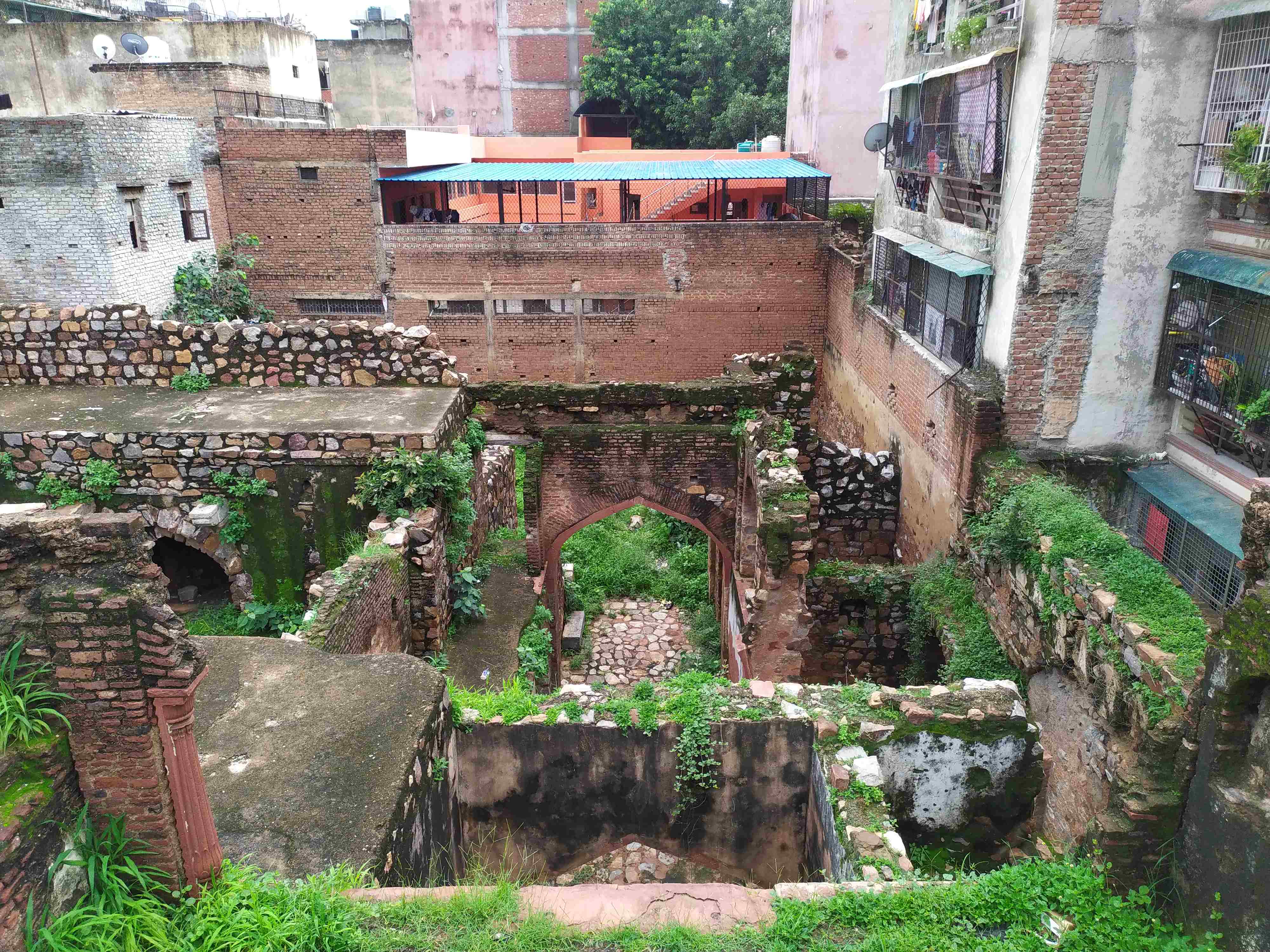
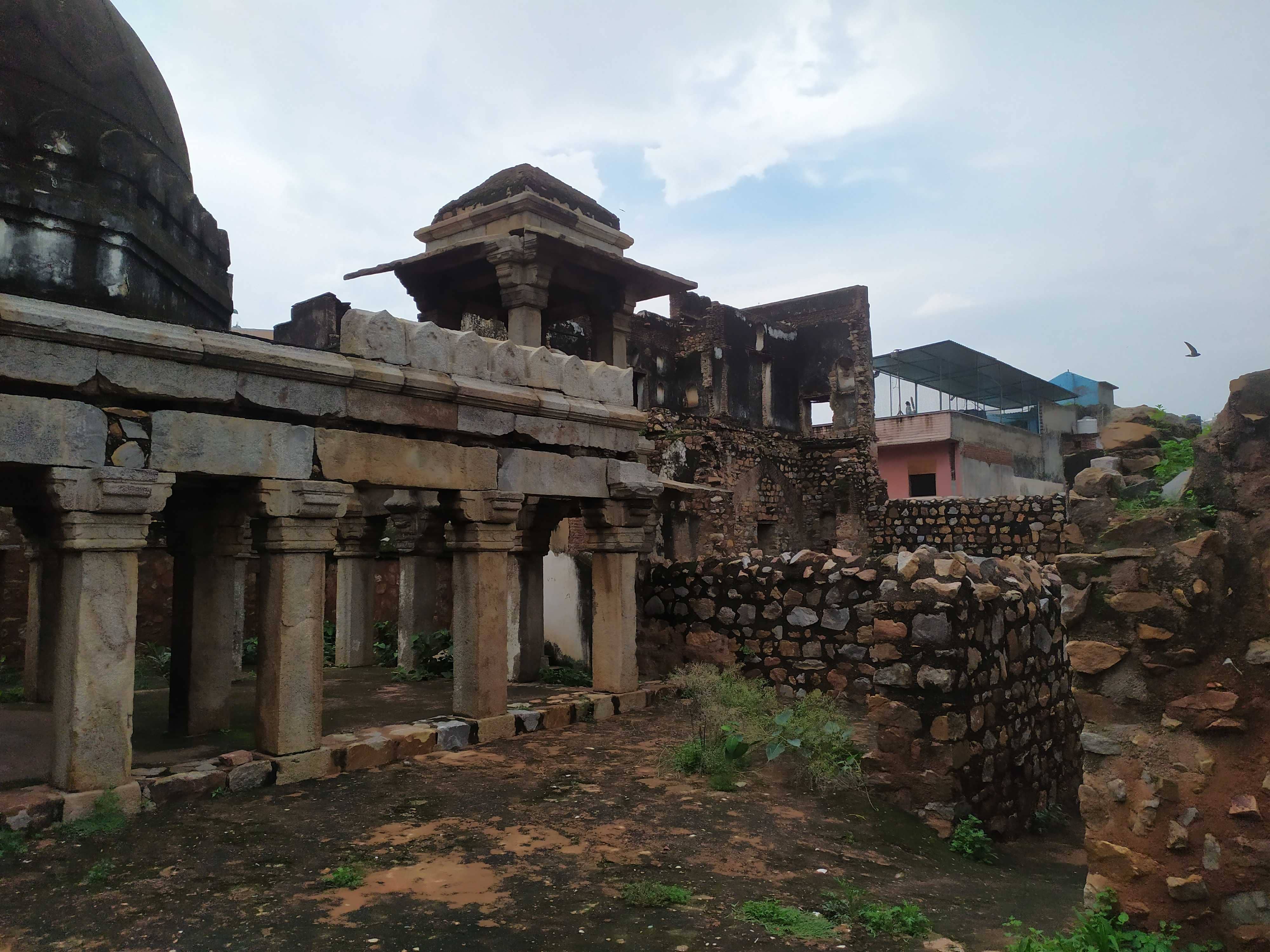
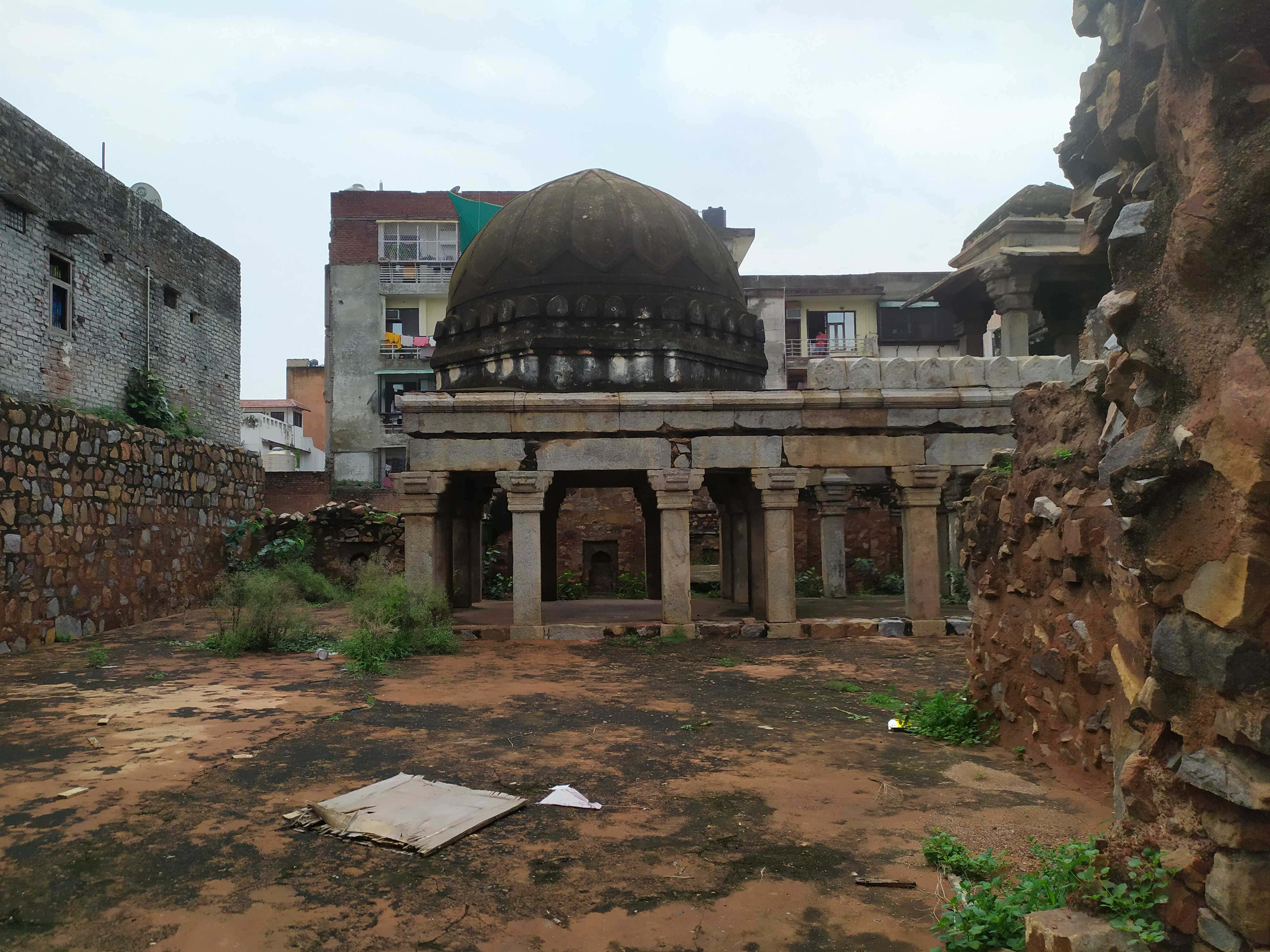
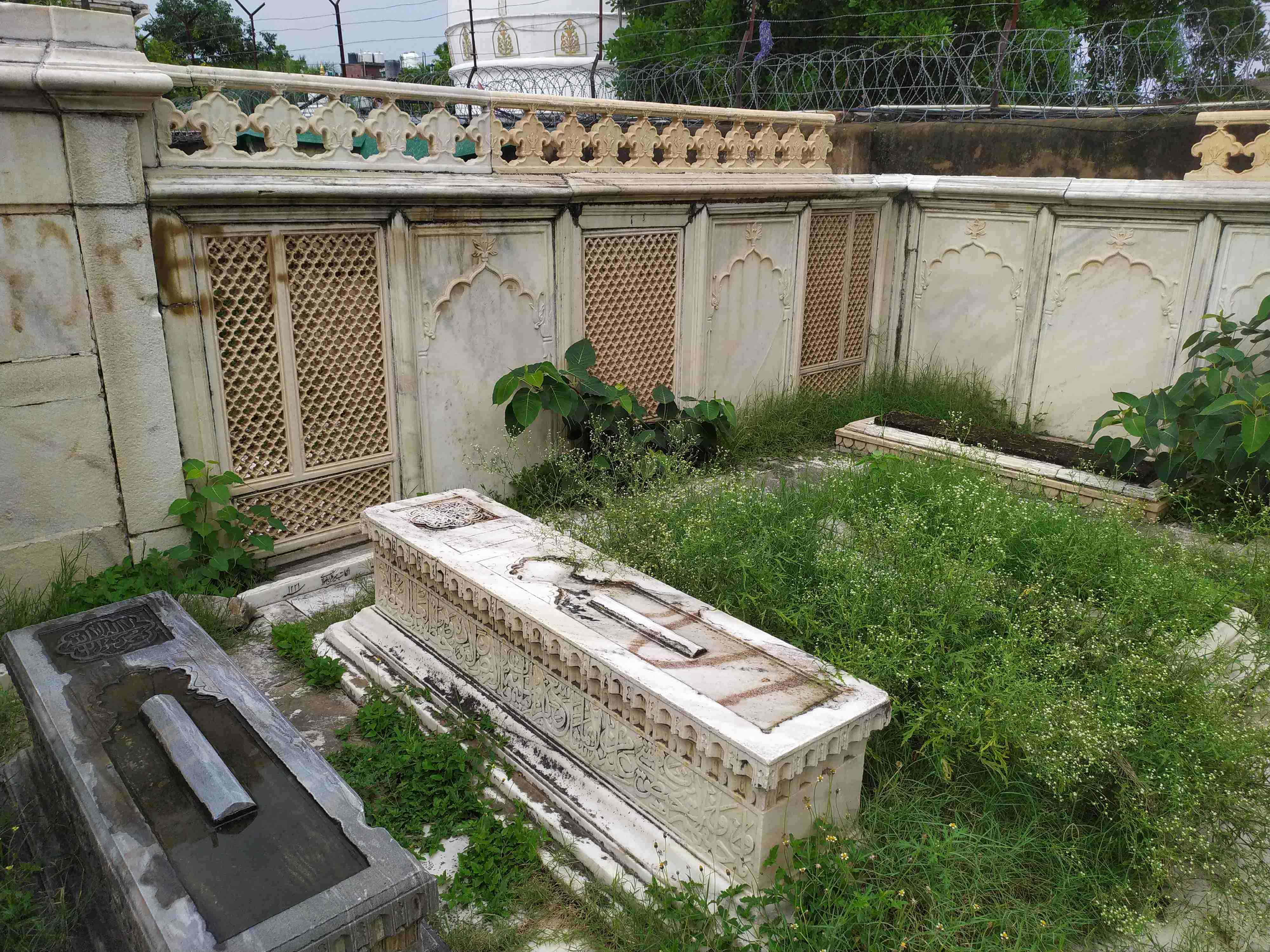
Zafar Mahal: A Monument to Mughal Twilight Nestled in the heart of Mehrauli Village in South Delhi, Zafar Mahal stands as a poignant testament to the fading glory of the Mughal Empire. Initially constructed by Akbar Shah II in 1820 and later expanded by Bahadur Shah II in 1847, this summer retreat of the last Mughal Emperor encapsulates the twilight years of a once-mighty dynasty. Unlike its opulent predecessors, Zafar Mahal was built during dwindling resources. Yet, it retains the elegance of Mughal architecture with its sandstone and marble construction, broad balconies, and distinctive Bengali domes. The palace grounds house a marble enclosure with intricate jaalis, where Bahadur Shah I, Shah Alam II, and Akbar Shah II lie buried. Notably, an empty grave meant for Bahadur Shah Zafar II remains unfilled, a somber reminder of his exile to Burma by British forces. Zafar Mahal's significance transcends Mughal history, intertwining with India's struggle for independence. It was here that Subhas Chandra Bose pledged to liberate India from colonial rule, and Mahatma Gandhi vowed to fast for communal harmony. Today, Zafar Mahal invites reflection on the intricate tapestry of India's history, serving as a bridge between the grandeur of the Mughal past and the dawn of modern India. As a silent witness to the end of an era and the birth of a nation, Zafar Mahal continues to stand, inviting reflection on the intricate tapestry of India's history. Despite being a protected monument, Zafar Mahal faces threats from deterioration and vandalism due to authorities' reported negligence.